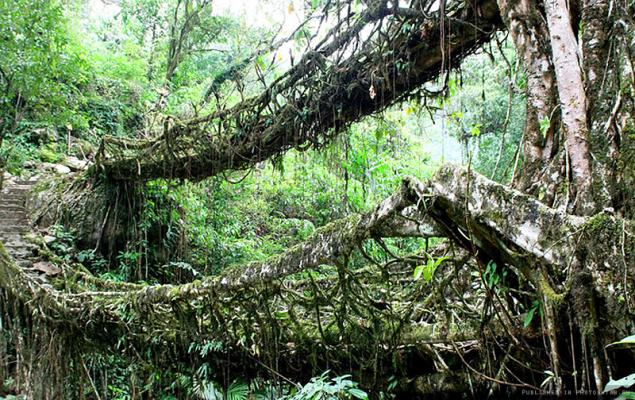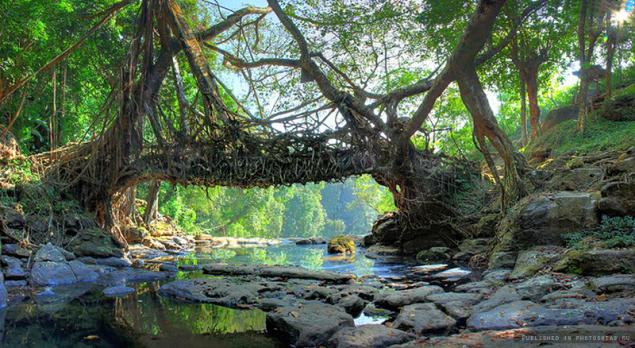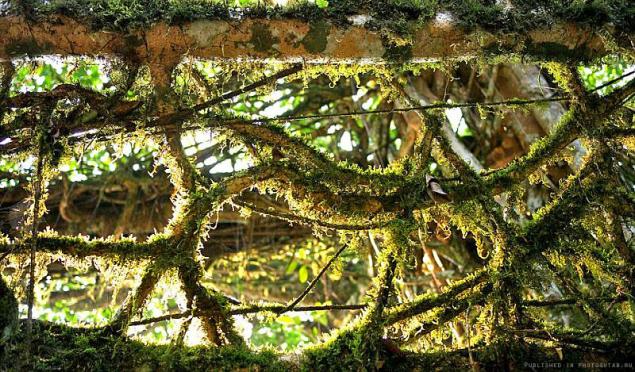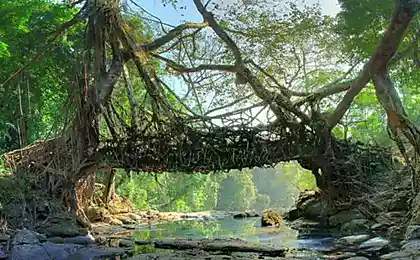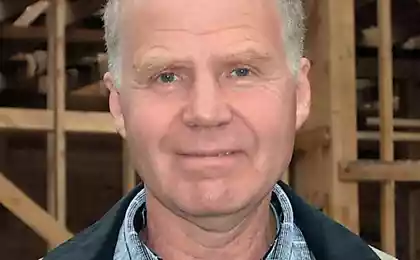1297
The creators of living bridges

At one time, residents of north-east India, it seems, zadolbalis build and repair bridges after a flood, which are peculiar to this region. And have solved this problem once and for all. With "living bridges". The technology is simple enough, but the length of time. The roots of trees growing on opposite sides of the river, are drawn towards each other. Then, when they reach a sufficient length of twist. Over time, the structure becomes very robust and suitable for use. For everything it takes more than twenty-le so that the presence of this kind of exotic plants in adventure films such as "Indiana Jones" - not for the sake of the genre. Moreover, these bridges and their surroundings often declared sacred. And it's true - if in a remote area of a bridge at the behest of the elements becomes a sort of "way of life" and the only way of communication with the outside world, it inevitably acquires an aura of holiness. t.
And in the late nineteenth century to the same technological solution came in Sumatra, where a similar climate and its accompanying troubles. When after a natural disaster, which is nice these protected places were completely destroyed traditional bamboo bridges, one Pakih Sohan, Muslim Alim, offered to make bridges for "Indian technology." Such are the Twin Cities.
Incidentally, the same facilities really marvelously strong and durable - some specimens reach a length of sixty meters, can withstand up to fifty people at a time. And the age of the Indian "patriarchs" reaches five hundred years. Are there many traditional bridges can boast such longevity?
